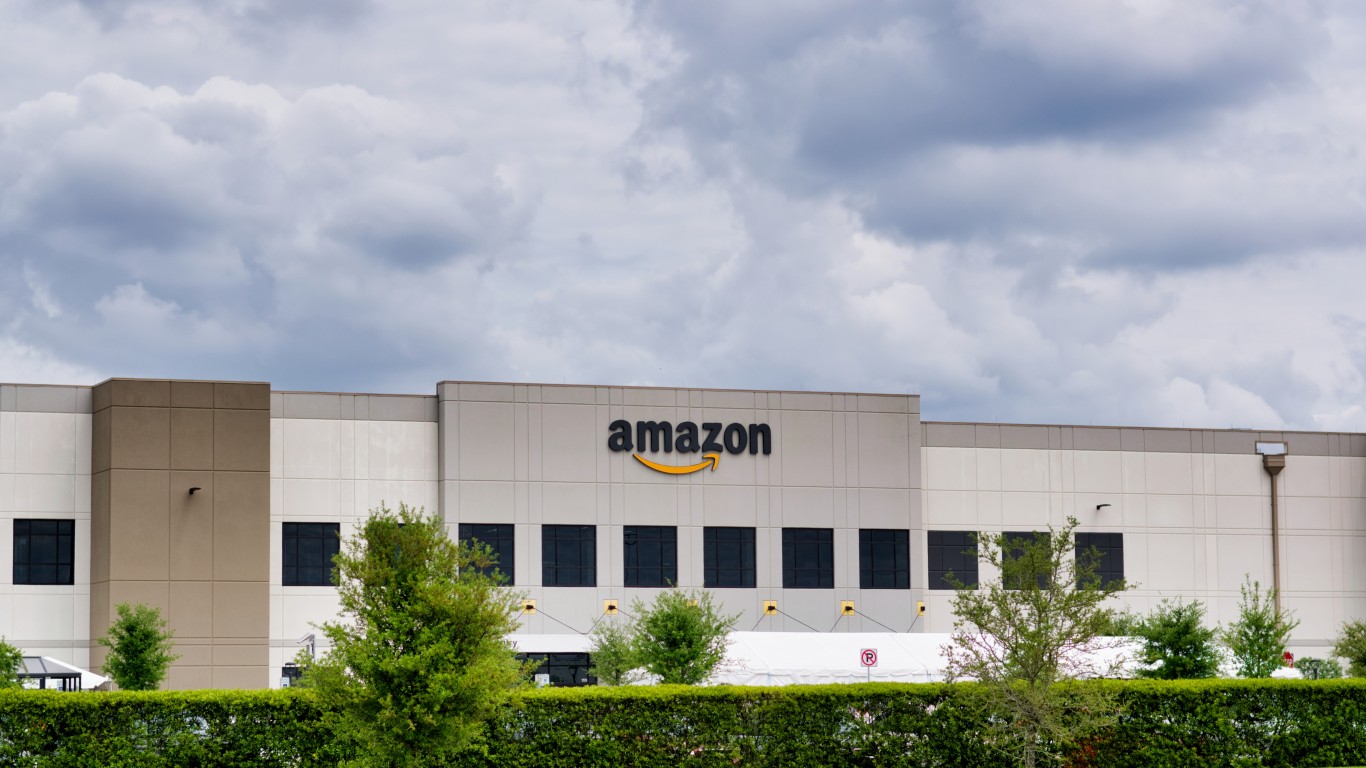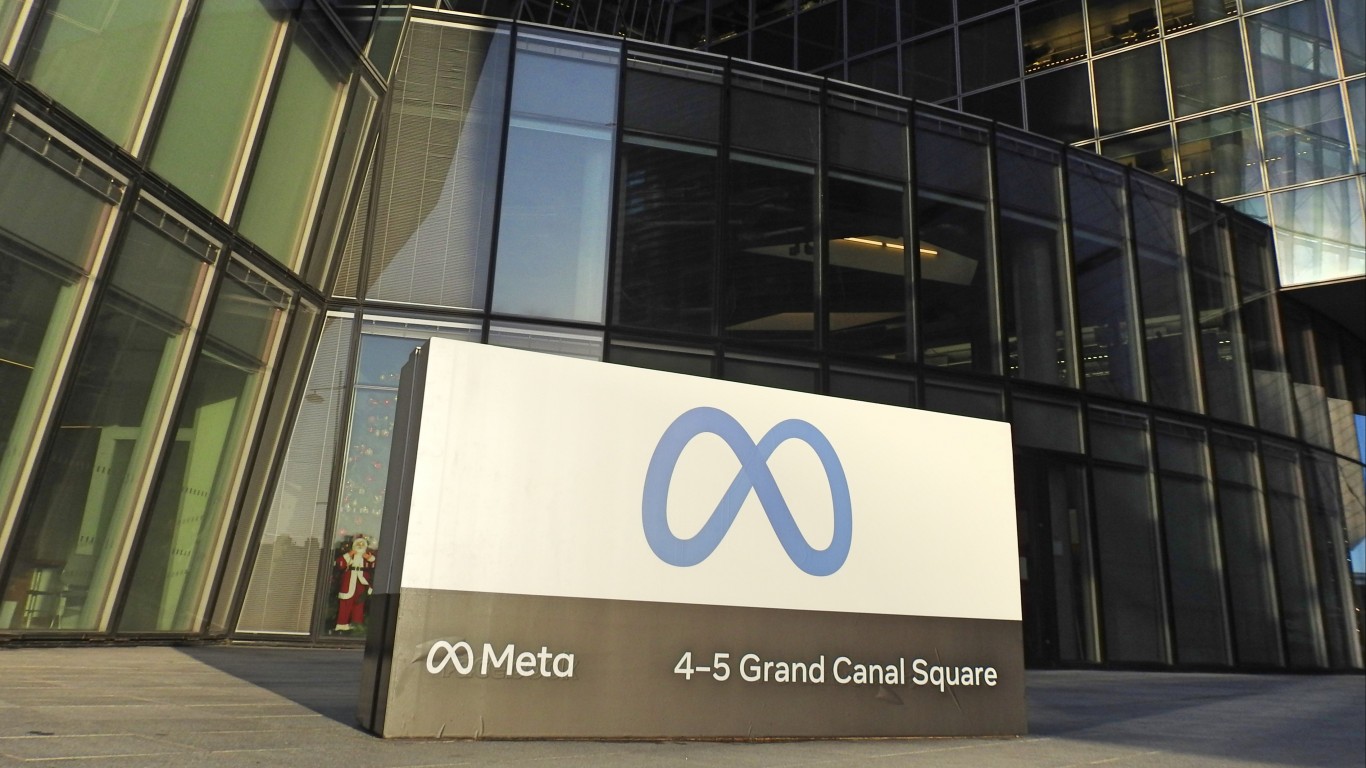
Retirement can be both exciting and overwhelming, as can the process of investing for retirement. Those looking to set themselves up for (relatively) worry-free and relaxing golden years have plenty to think about when constructing their portfolio for long-term growth.
Indeed, finding the “next” big winner in key categories is a very difficult task, and most investors can’t be expected to find the mid-cap names that can grow into mega-cap tech companies over time. But the good news is that adding certain mega-cap tech stocks with robust growth rates driven by strong secular growth catalysts can provide outsized returns for a long time to come. That’s not my opinion, but that of the overall market (and most Wall Street analysts).
With that in mind, retirees looking to build out the growth portion of their portfolios may want to consider the following three stocks. Yes, they’re certainly a big further out on the risk spectrum than most potential holdings. But for those looking to at least beat inflation for a decade or two, these are three companies I’d consider parking my own capital in over that time frame.
Key Points About This Article:
- Retirees looking to build out the growth portion of their portfolios may value safety over aggressive upside potential.
- These three stocks fit that profile, with above-market-average growth rates and the ability to outperform for decades to come.
- If you’re looking for some stocks with huge potential, make sure to grab a free copy of our brand-new “The Next NVIDIA” report. It features a software stock we’re confident has 10X potential.
Shopify (SHOP)

Shopify (NYSE:SHOP) has solidified its position as a leading U.S.-based e-commerce platform after Amazon. Known for its user-friendly site and extensive ecosystem, Shopify has rebounded nearly 300% from its 2022 bear market lows, though it remains 40% below its 2021 peak. The company’s shift to offering merchant-focused services, including payment processing and marketing tools, proved successful, with 72% of 2024 revenue generated from this segment.
Shopify’s venture into the Shopify Fulfillment Network (SFN) strained its core software-focused business due to high fixed costs, pushing it back into losses. To address this, Shopify sold SFN to Flexport, which now manages fulfillment operations. This move allowed Shopify to offer fulfillment services to customers while restoring profitability.
The Chinese e-commerce giant powers millions of e-commerce businesses, primarily catering to small and medium-sized enterprises while expanding offerings to attract larger clients. After navigating pandemic-driven growth and scaling back excess infrastructure, it returned to profitability. In Q3, revenue rose 26%, operating income doubled to $283 million, and free-cash-flow margins improved consistently. Management projects continued strong performance in Q4.
Amazon (AMZN)

Amazon’s (NASDAQ:AMZN) competitive edge spans e-commerce dominance, AWS’s top position in cloud services, and a “day one” mindset focused on innovation. Despite its $2.3 trillion valuation, growth opportunities remain vast, driven by AI, expanding e-commerce, and ventures in groceries, healthcare, and robotaxis. Long-term gains look promising.
Amazon Web Services (AWS), Amazon’s top profit driver, leads in cloud computing and heavily relies on Nvidia chips to power AI tools. AWS saw revenue growth accelerate from 12% in Q2 2023 to 19% by Q3 2024, reaching an annualized run rate of over $100 billion. With a 35% operating margin, AWS generated $36 billion in income over the past year. As AI demand rises, 2025 revenue could grow 25% to $130 billion, potentially yielding $45.5 billion in operating income.
Amazon’s operating earnings could reach $100 billion this year, up from $60 billion in the last 12 months. With AWS growth and retail margin expansion, profits are set to rise, likely earning Amazon a premium valuation. Trading at 40 times 2025 operating income, its market cap could hit $4 trillion, potentially reclaiming its position as the world’s largest company by market cap.
Meta Platforms (META)

Meta Platforms (NASDAQ:META) is advancing in generative AI with its open-source model, Llama. This free-to-use approach attracts developers, expanding its user base and enhancing its AI training capabilities. Meta’s forward P/E ratio of 24 makes it an attractive investment, offering innovation and dominance at a lower valuation than many big tech peers.
In 2025, generative AI advances with agentic AI, enabling autonomous actions for greater user value. Meta Platforms, a leader in this field, uses its Cicero technology to power AI agents. Cicero excelled in strategic and negotiation-based tasks, ranking in the top 10% in Diplomacy, showcasing AI’s ability to reason with humans.
Meta Platforms aims to enhance user interaction and ad revenue by integrating AI like Cicero into its social media apps. A key initiative involved creating AI influencers, potentially driving engagement. While its success remains uncertain, increased AI-generated content is expected on Meta’s platforms in the coming year. This should be enough reason for investors to buy META stock for stable returns.
Thank you for reading! Have some feedback for us?
Contact the 24/7 Wall St. editorial team.





